What are Construction to Permanent Loans?
Construction-to-permanent loans, often abbreviated as "C-to-P" loans, are specialized mortgage loans that cover both the construction phase of a new home and convert into a standard mortgage once the home is completed. They are designed to provide a seamless financing process for those looking to build a new home, rather than purchase an existing one.
Ad
Construction Phase
Duration. This initial phase typically lasts from 6 months to 2 years, depending on the scope and scale of the construction project.
Draw Schedule. Money is disbursed in "draws" or installments at different construction milestones, such as the completion of the foundation, framing, roofing, etc. This helps to ensure funds are used appropriately and the project remains on budget.
Interest-Only Payments. During this phase, many lenders only require borrowers to pay the interest on the amount drawn, not the principal. This can make it easier for borrowers to manage costs while they might also be paying for other housing.
Permanent Phase
Conversion. After construction completes, the loan automatically converts into a standard, long-term mortgage. This transition can be from an adjustable-rate to a fixed-rate mortgage, or it can remain adjustable.
Principal and Interest Payments. Borrowers will now begin making regular mortgage payments on both the principal and the interest.
How to Get a Construction to Permanent Loan?
Securing a construction-to-permanent loan can seem daunting given its dual nature, but with the right steps and preparation, it can be a smooth process. Here’s a step-by-step guide to help you navigate the path to obtaining one:
- Determine Your Budget. Ascertain how much you're willing and able to spend on the construction and eventual mortgage.
- Choose a Reputable Builder.
- Finalize Construction Plans and Budget. Work closely with your builder and architect to finalize your home's design and the construction timeline. Get a detailed breakdown of costs for each phase of construction.
- Research Lenders. Not all banks or financial institutions offer construction-to-permanent loans, so it's essential to find those that do. Compare interest rates, terms, and fees. Consider both local banks, which may have a better understanding of your community's housing market, and national lenders.
- Undergo the Approval Process. The lender will review your application and assess the risk. This involves evaluating your financial standing and the viability of your construction plans.
- Close on Your Loan. Once approved, you'll attend a closing meeting to sign all necessary paperwork and officially secure your loan. Remember, with a construction-to-permanent loan, you often only have one closing process, saving you time and money. At this point, you'll also finalize and lock in the terms for the "permanent" phase of the loan – that is, the mortgage.
- Monitor Construction Progress and Draws. As construction progresses, funds will be released in "draws" based on completed milestones. Ensure each phase is completed satisfactorily before the next set of funds is drawn.
- Convert to a Permanent Mortgage. Once construction is complete, the loan will transition from the construction phase to the permanent mortgage phase.
Tip: Throughout the process, maintain good communication with both your lender and builder. Address any concerns promptly to ensure a seamless transition from construction to permanent living.
Construction to Permanent Loan Requirements
Acquiring a construction-to-permanent loan is a bit different than obtaining a standard mortgage, largely because of the inherent risk associated with construction projects. As a result, lenders have specific requirements to mitigate potential issues. Here are the primary requirements for these loans:
- Credit Score and History. A strong credit score is often crucial. Many lenders prefer a score of 680 or higher, but specific requirements can vary.
- Down Payment. Typically, lenders require a down payment ranging from 20% to 30% of the total project cost. This higher down payment requirement reflects the greater risk associated with construction loans.
- Debt-to-Income Ratio (DTI). Lenders will assess your monthly obligations against your income. A DTI ratio of 43% or lower is typically preferred, though there are exceptions based on other financial strengths.
- Detailed Construction Plans.
- Licensed and Qualified Builder.
- Appraisal. An appraiser will estimate the potential future value of the home upon completion. This “subject to completion” appraisal determines how much the lender is willing to loan.
- Land Ownership or Equity. If you already own the land on which you're building, its value can sometimes be used as a credit toward your down payment. For those who don't own land yet, you'll likely need a separate loan or out-of-pocket payment to purchase it.
- Loan-to-Value (LTV) Ratio. Lenders will assess the loan amount against the appraised value of the completed property. A favorable LTV ratio (often 80% or lower) signifies that the loan amount is less than or equal to 80% of the property's expected market value.
- Proof of Income and Employment. Recent pay stubs, tax returns, and sometimes bank statements are necessary to prove stable income.
- Inspection and Progress Reports. During the construction phase, periodic inspections might be required to ensure the project is on track and adhering to the plans.
Pros and Cons of Construction to Perm Loans
Pros:
- Simplified Process. One loan covers both construction and permanent financing, reducing paperwork and the need for two separate closings.
- Rate Lock. Opportunity to lock in the interest rate before construction begins, safeguarding against potential rate hikes.
- Flexible Draw Schedule. Borrowers can request funds as needed during construction, ensuring builders get paid in a timely manner.
- One-time Closing Costs. Only one set of closing costs, which can save money.
- Conversion Ease. Automatic transition from construction loan to permanent mortgage eliminates the need to re-qualify.
- Land Equity. If you already own the land, its value may be credited towards the loan's down payment.
Cons:
- Higher Down Payment. Typically requires a larger down payment than standard mortgages (often 20-30%).
- Complexity. More intricate than traditional mortgages due to the combined nature of the loan and construction aspects.
- Stricter Requirements. Higher credit score and lower DTI ratio often required.
- Potential for Higher Rates. If not locked in, rates may be higher than with standalone construction or mortgage loans.
- Variable Loan Amount. Amount is based on projected value after construction, and any changes can impact the final loan value.
- Construction Delays. Delays can lead to increased costs or challenges with the loan’s terms.
- Lender Restrictions. Lender might have strict guidelines on construction timelines or approved builders.
Alternative Construction Loans
- Standalone Construction Loans. These are short-term loans that only cover the construction phase. After construction, you'd need to get a separate mortgage to pay off the construction loan.
- Pros: Flexibility in choosing a mortgage lender post-construction; can shop for better mortgage rates after the build.
- Cons: Two separate closings mean two sets of closing costs; risk of not qualifying for a mortgage post-construction.
- USDA Combination Construction-to-Permanent Loans. Designed for rural areas, it covers both construction and permanent financing with zero down payment.
- Pros: No down payment required; simplified single-close process.
- Cons: Limited to qualifying rural areas; income limits apply.
- VA Construction Loans. Available for active or retired military personnel, these loans cover construction costs without requiring a down payment.
- Pros: No down payment; VA benefits like competitive interest rates.
- Cons: VA funding fee; must meet VA loan eligibility requirements.
- FHA One-time Close Construction Loans. Backed by the Federal Housing Authority, it's for borrowers who might have a lower credit score or a smaller down payment.
- Pros: Low down payment; broader credit score acceptance.
- Cons: Mortgage insurance premiums; loan limits apply.
- Home Equity Line of Credit (HELOC) or Home Equity Loan. If you already own property, you can tap into your home's equity to finance construction.
- Pros: Potentially lower interest rates; flexible use of funds.
- Cons: Puts existing property at risk; variable interest rates can increase.
- Owner-Builder Construction Loans. For homeowners who want to act as their own general contractor.
- Pros: Potential savings on builder's fees; more control over the construction process.
- Cons: High level of responsibility; many lenders are wary due to perceived increased risk.
Bottom Line
Building a home is an exciting journey, offering the potential to customize every aspect to your liking. Construction-to-permanent loans provide a seamless way to finance both the construction phase and your long-term mortgage with a single loan. While they have their advantages, like reduced closing costs and interest-only payments during construction, they also come with certain challenges, such as higher interest rates due to increased lender risk.
Alternative construction loans present additional options, each with its own set of benefits and drawbacks. Whether you’re considering a traditional construction-to-permanent loan or one of the alternatives, it's vital to research thoroughly and consult with financial experts.
In the end, the best loan for you will align with your financial situation, your future goals, and your comfort level regarding the construction process. Always remember that while constructing a home is a significant project, the reward of a custom space tailored to your desires is worth the effort and investment.


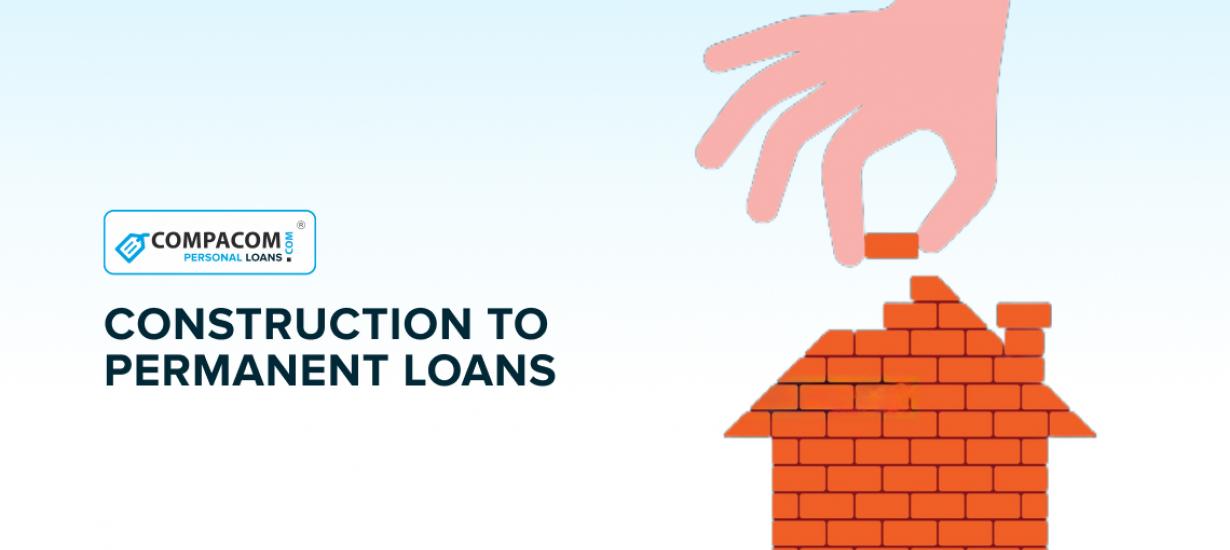
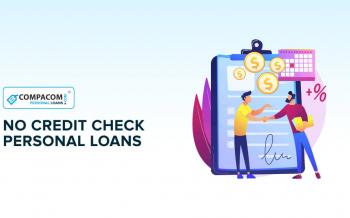

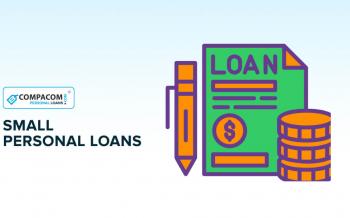
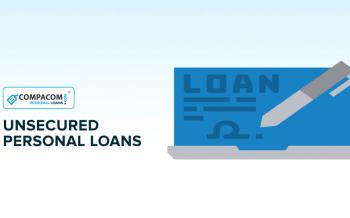
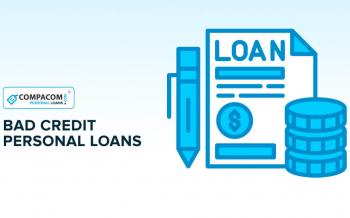
You are about to post a question on compacom.com:
Any comments or reviews made on this website are only individual opinions of the readers and followers of the website. The website and its authors team are not responsible, nor will be held liable, for anything anyone says or writes in the comments. Further, the author is not liable for its’ readers’ statements nor the laws which they may break in the USA or their state through their comments’ content, implication, and intent.